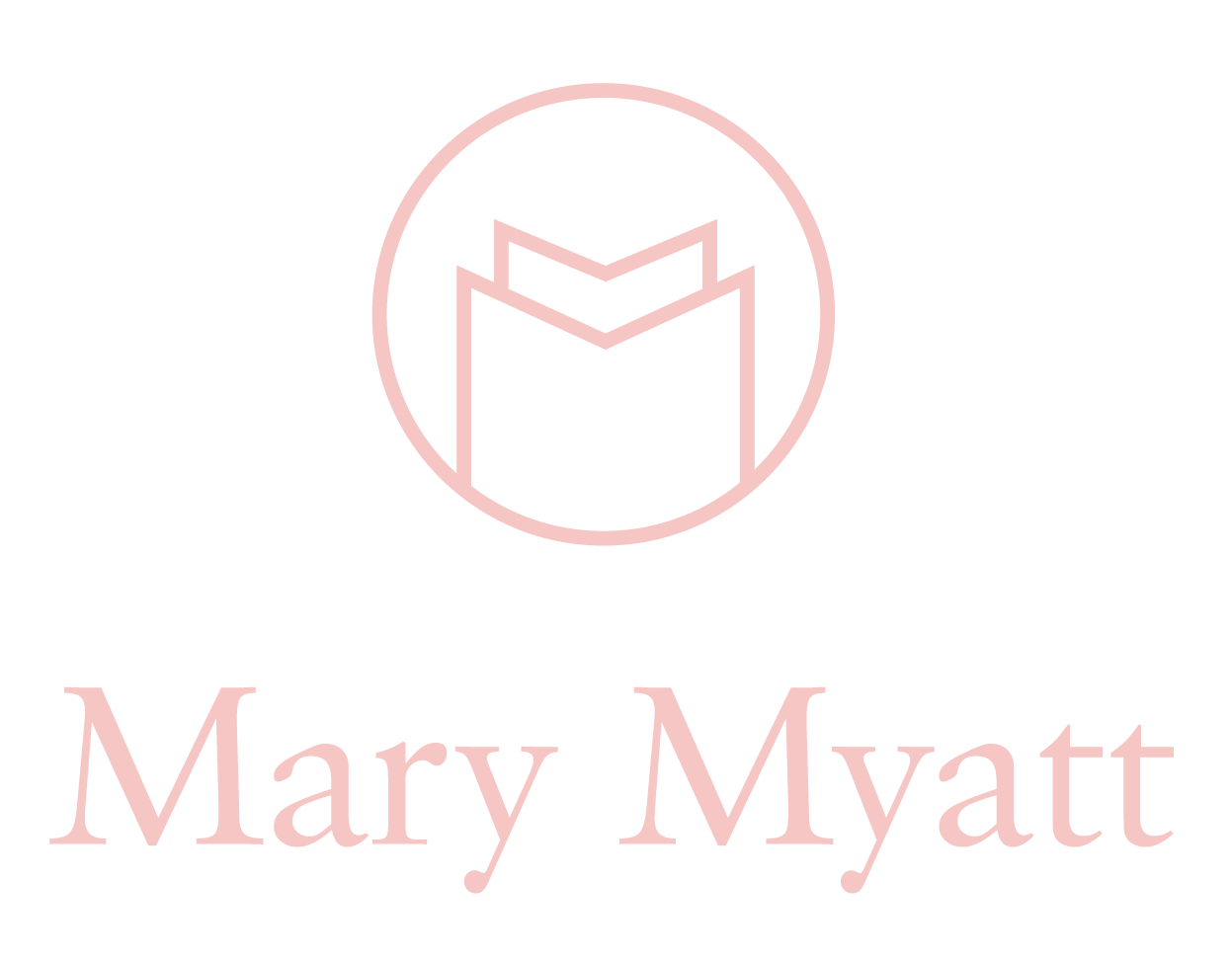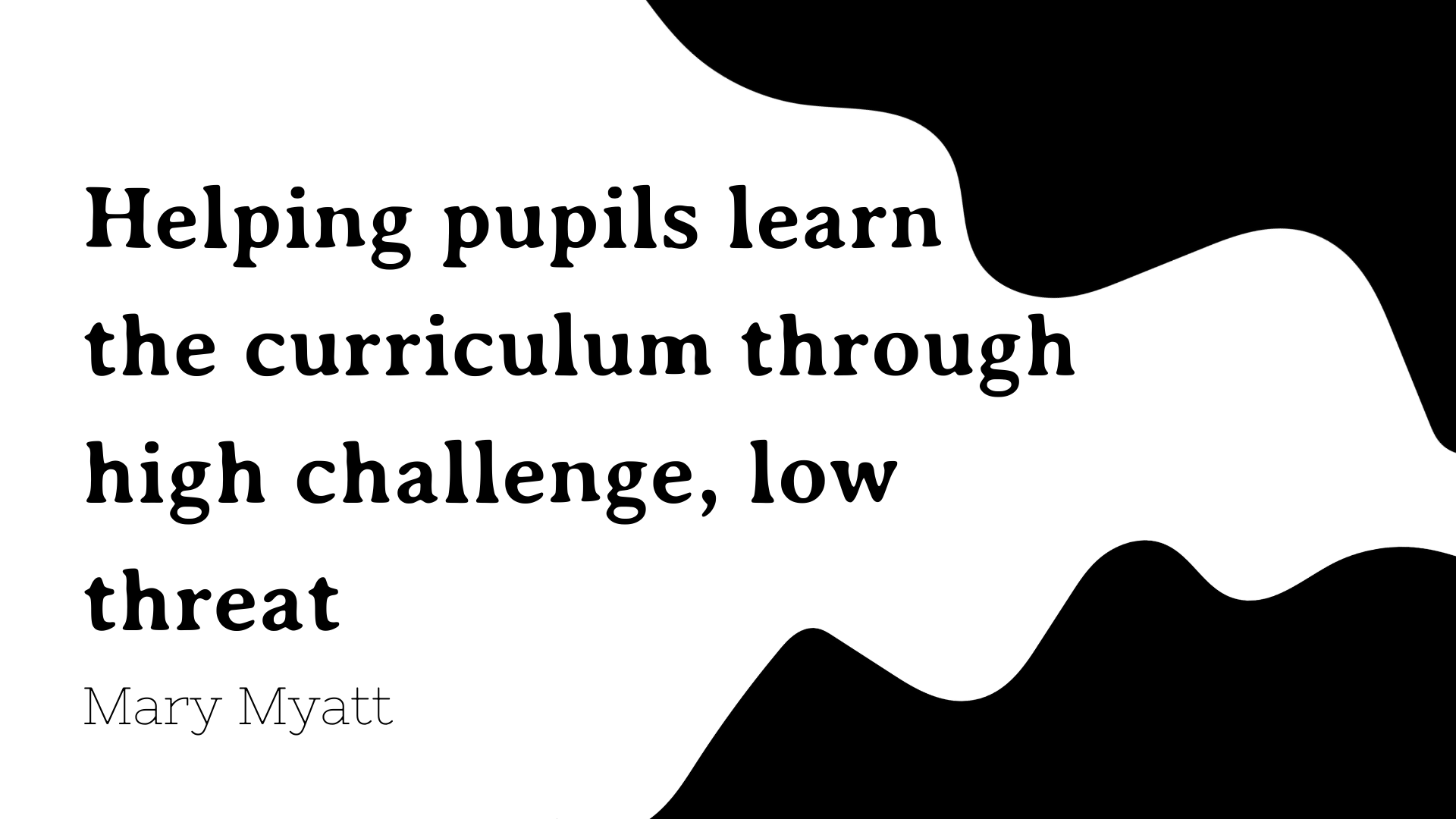Thoughts on assessment
‘Assessment is, indeed, the bridge between teaching and learning.’
- Dylan Wiliam.
The word ‘assessment’ comes from the Latin ‘to sit alongside’. Now, it is not realistic for us to sit alongside every pupil. But it does have something to tell us about how we might think about assessment - that it is the process of gaining insight into what our pupils know, understand and can do as a result of what we have taught them. In doing this, we will have greater insight into what appears to have been learnt, what needs to be consolidated or revisited and where the gaps are.
If the purpose of robust curriculum planning is to ensure that pupils are taught the demanding aspects of a topic, then checking whether they have got it needs to be done through assessment. There are formal and informal ways of doing this. Not all results of assessment instruments need to be captured on spreadsheets or other documents. But whether documented formally or not, the information should be fine-tuning the next stages in learning.
At its lightest touch, assessment can be done through talk. In fact, I would argue that assessment for learning involves high-quality conversations about learning and then acting on that information. Dylan Wiliam, whose work was instrumental in driving assessment for learning in schools, said ‘responsive teaching’ is one side of the coin: I have taught something and I need to know whether my pupils have ‘got it’ and to what depth? The information I gain from this light-touch assessment will determine where the learning and the work go next. It is through the ‘to and fro’ of questioning conversations in the classroom that I know not only whether pupils have completed something, but whether they have understood and are able to apply it in different contexts. There are very effective ways of developing this across a class - the work done by Alex Quigley[1] on techniques such as A, B, and C. The teacher asks a question, one pupil gives an answer (A) a second pupil builds on it (B) and a third either contradicts or contributes (C). Building this kind of structure during lessons, with no hands up, so that any child, within reason,[2] can be asked a question without warning, ensures that all are kept on their toes, and have to listen to one another’s answers in order to be able to contribute. If, as a result of doing something like this, I find that pupils are able to respond with A and B but have less to either contradict or make further contributions, then I will realise that there is more to do. Conversely, if all seem secure, then I will make the decision to move on. The second side of the assessment for learning coin is this: what pupils will do differently as a result of the feedback: how will they change their work and how will I know?
If the purpose of this light-touch assessment is to provide information about where to go next, then this is formative assessment. The critical thing is that it provides information about where the gaps are and also what can be celebrated, in terms of the distance travelled - so that we and our pupils are able to say we didn't know that before and now we do. And there is still this to be grappled with and understood. Whatever information is gathered and whatever feedback is given to pupils, the important thing is that they act on it.
Too much feedback is generic and imprecise, such as ‘use more imaginative vocabulary in your writing.’ Well, the pupil would have used more imaginative vocabulary if they’d known that more imaginative vocabulary was available. Without the prompts for the missing links, pupils are likely to be adrift.
More formal, but still low stakes assessments, are also part of the assessment process. For example, pupils sit vocabulary tests, times tables tests and key terms recall, and all provide opportunities for checking whether something has been learnt. The most powerful way, identified by Dylan Wiliam, is for the results of these sorts of tests to be private to the pupil. They need to be reassured that there is no shame in getting things wrong, because, with practice, that is how we learn. It is in the process of trying to recall an answer that the learning, in other words, what is remembered, becomes stronger. Both multiple-choice and short-answer quizzes enhance later performance.[3]
It also appears that if we get an answer incorrect, our neural pathways are more sensitive to finding the correct answer. So, the paradox is that learning is often more powerful, albeit uncomfortable, when we get things wrong and search out the correct answer, than when we get something correct in the first place. If pupils know this, they are likely to persevere longer with knowing and remembering things. A further benefit of this light-touch but efficient way of assessing is that it demands revisiting. And it is the revisiting, over time, which secures the learning in the long-term memory.
A further benefit of assessment is that it is possible to see the distance travelled. It is deeply rewarding to see the difference in knowledge and proficiency at the start of a course or unit of work, as we make progress through it and at the end. When we consider examples like Austin’s Butterfly, we can see that through careful critique and feedback, those basic attempts, refined and practised over time, become solid pieces of work. It was in the assessing, discussion and reworking that the impressive piece of work was produced. This would not have been possible without thoughtful, sensitive and robust assessment.
[1] https://www.theconfidentteacher.com/2013/12/disciplined-discussion-easy-abc/
[2] Caveat here: I would not call on a pupil if I knew they had been recently bereaved, for example. But I would check that they were paying attention.
[3] [PDF] Journal of Experimental Psychology: Applied, 20, 3-21.[PDF]






